Don’t miss February’s roundup if AI’s impact on SEO has been on your mind. Many of this month’s pieces deal directly with AI and how it is advancing and being optimized. Catch up now so you don’t fall behind.
The guides are first. You’ll learn more effective ways to use AI, what big changes to Assistant mean for search, and how to rank quickly with entity AI SEO.
The case studies and experiments are next. You’ll see what the data says about growing traffic without SEO, how a company generated 400k+ in revenue with money keywords, and how to most effectively block content from appearing in Google searches.
The roundup closes on the SEO and AI news and discussions you shouldn’t miss. You’ll get the latest headlines about changes to core web vitals, examples of how Google grades content from a live audit, and some reasons AI-generated content may rank over original news.
ChatGPT for SEO? You’re Using It Wrong
https://ahrefs.com/blog/youre-using-chatgpt-wrong/
Joshua Hardwick brings you this piece about making the most of ChatGPT (or other generative text tools you may prefer).
He argues that many SEOs aren’t using these tools to their full potential due to some common mistakes. Throughout this guide, he identifies these mistakes and provides some advice for overcoming them.
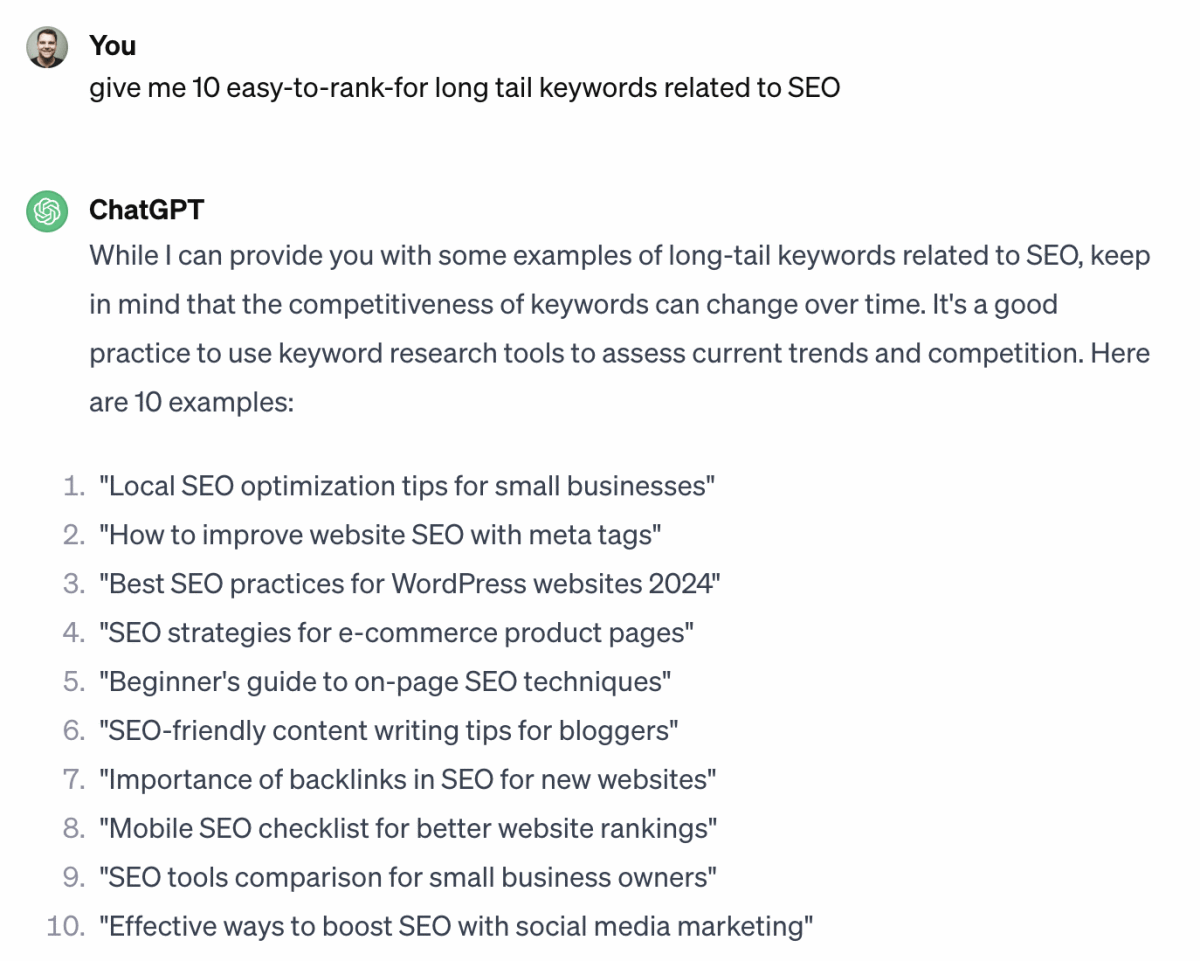
For example, he discusses the mistake of asking AI tools questions they can’t answer. If you ask an AI to provide data only available through analytical tools, you will likely get a bad answer with flawed data. He provides tips for developing prompts that allow the AI to provide more helpful answers.
Joshua also argues that asking an AI tool to simply write an article is a mistake. He recommends a different approach where you provide guidance and solicit ideas over several prompts to generate more elaborate responses.
Check out the full guide for more tips on how to make the most of AI tools. Joshua addresses other mistakes and how to overcome them. For now,
Assistant and Search. Did Google Just Quietly Launch a New Search Ecosystem?
Marie Haynes introduces you to some changes being made to Google Assistant, which may affect how users search for your site.
Google published a blog post with the changes. Marie summarizes the major details: “The microphone icon will now trigger Search Results” from within the Google app…also…the microphone in the Pixel Search bar will now activate Voice Search instead of Assistant.”
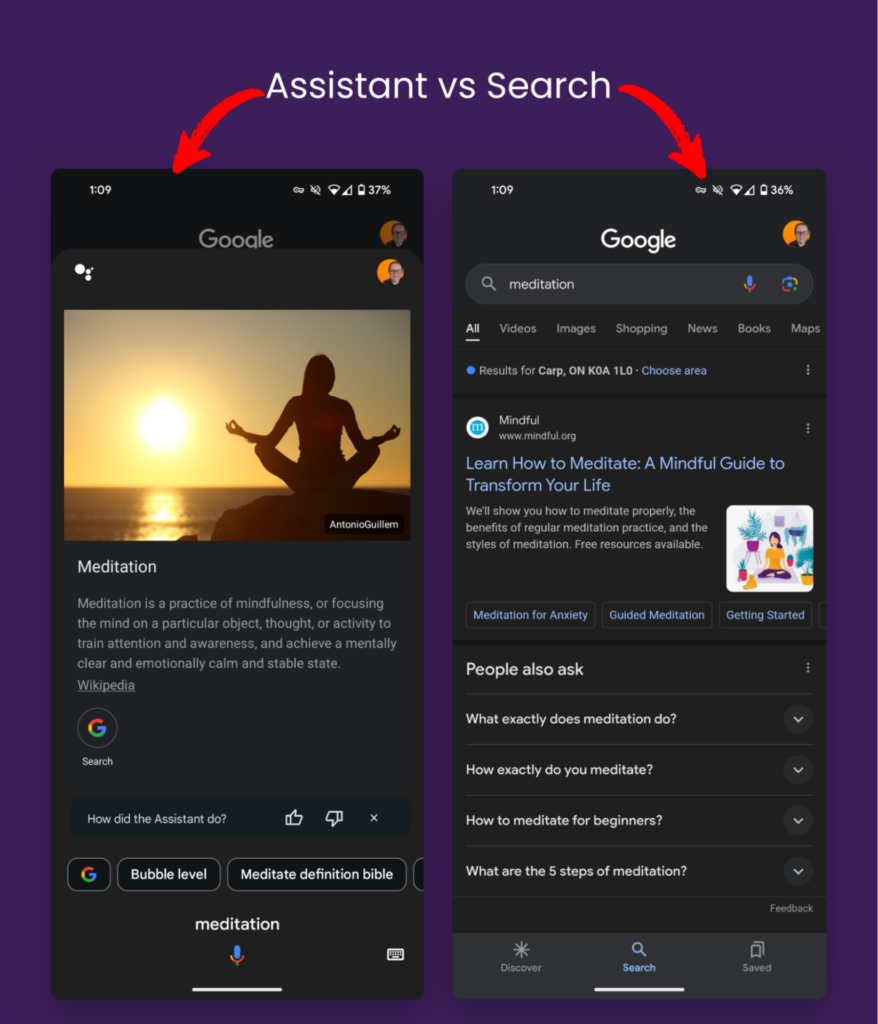
Marie argues that these changes make voice search a much more important feature. She points out that Assistant delivers websites (in addition to other sources) in response to spoken queries.
Throughout the rest of the guide, Marie explains how Google Assistant works and delivers results. She takes you through what users see when they make commercial and non-commercial searchers. Several helpful images are provided to help you.
She also reminds you that Bard is coming to Assistant soon. These and other changes may lead to an overhaul of the entire search ecosystem. Marie closes with some theories on where Assistant may go from here and how its capabilities are already evolving.
Check out the complete guide to start preparing for a big voice search transition. Next, you’ll learn some tips you can put to use right now to rank more effectively.
Entity AI SEO: How I Rank #1 In 10 Hours (Semantic ChatGPT Workflow)
https://www.youtube.com/watch?v=G1I_GgJJ7F4
Julian Goldie brings you this video explanation of how he was able to rank in only hours with entities using AI. For the guide, he uses ChatGPT and Autoblogging AI, but you can do the same with your AI tool of choice.
The compact 12-minute video includes all the steps you’ll need to follow for your own ranking experience. Julian starts with a helpful explanation of entities and explains how you can differentiate them from related concepts like keywords and LSI.
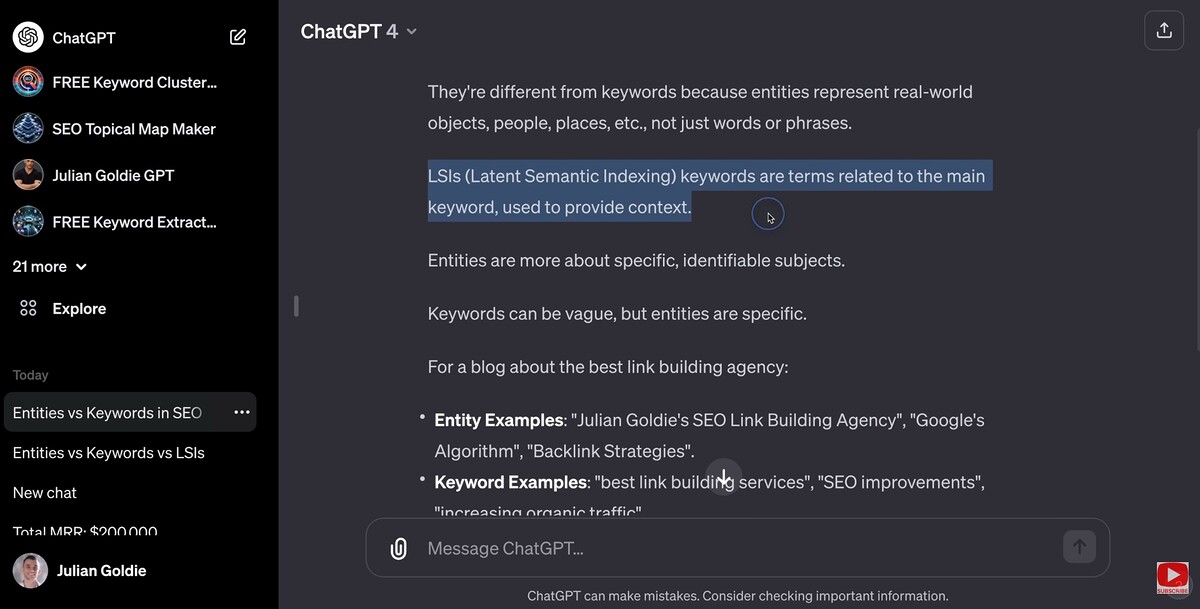
Once you’re caught up with all the definitions, he guides you through the process that he uses to create entity-focused content with AI. He uses his preferred tool for these steps but explains all the principles of what he’s doing so that you can apply them to any tool.
As he’s going through the steps, he gives you an inside look into how he evaluates and modifies the first drafts that he’s given by tools. You’ll get some good advice on pruning AI results that you can use in almost any project.
Check out the full video to get a great introduction to entities and how content can be used to target them. For now, you’re ready to move on to the case studies. First, you’ll be looking at one of my most recent experiments. It’s an SEO experiment…without any standard SEO.
How I Grew Traffic 37.9% on Google, Without doing SEO
https://www.youtube.com/watch?v=4DgWUgtZGqQ
I was able to achieve a 40% increase in users and a 37% increase in sessions without using traditional SEO. I didn’t create optimized content or links as part of this experiment. I also didn’t use AI. I still achieved over 800 referring domains, including Microsoft and Google.
My agency did this through “programmatic SEO.” You’ve seen this before, most likely on real estate websites or other nationwide businesses with local fronts (such as hotels). Thousands of pages are generated to supply a home page to each region.
The case study involved a software client not ranking for any keywords beyond their own brand name. We built thousands of programmatically-generated pages to cater to each location where they did business. As I show in my video, travel, and currency conversion tools do this regularly and generate millions of visitors.
Before the video continues, I will give you a breakdown of the pros and cons of using this process. The pros can be compelling, including the potential to draw significantly more links from all sources.
The video takes you through all of the steps I followed to generate programmatic pages for my client. I describe how I found the scalable keywords I needed, how to recognize head terms and modifiers for your content, and how to base your pages on search intent.
I’ll also show you how I use various accessible tools like Google Sheets to create better-generated content for programmatic pages and how I help Google identify all these new pages. This isn’t a technical process at all, but as you’ll see, the results were impressive.In the next case study of the month, you’ll see how SEO changes can be reflected in revenue.
How Cognism Generated $441K in Revenue With Money Keywords
https://moz.com/blog/money-keywords
Joe Barron shows how one SEO strategy generated nearly $450k for one company with declining traffic and ranking. Joe’s team decided to move forward with money keywords and were surprised at the results.
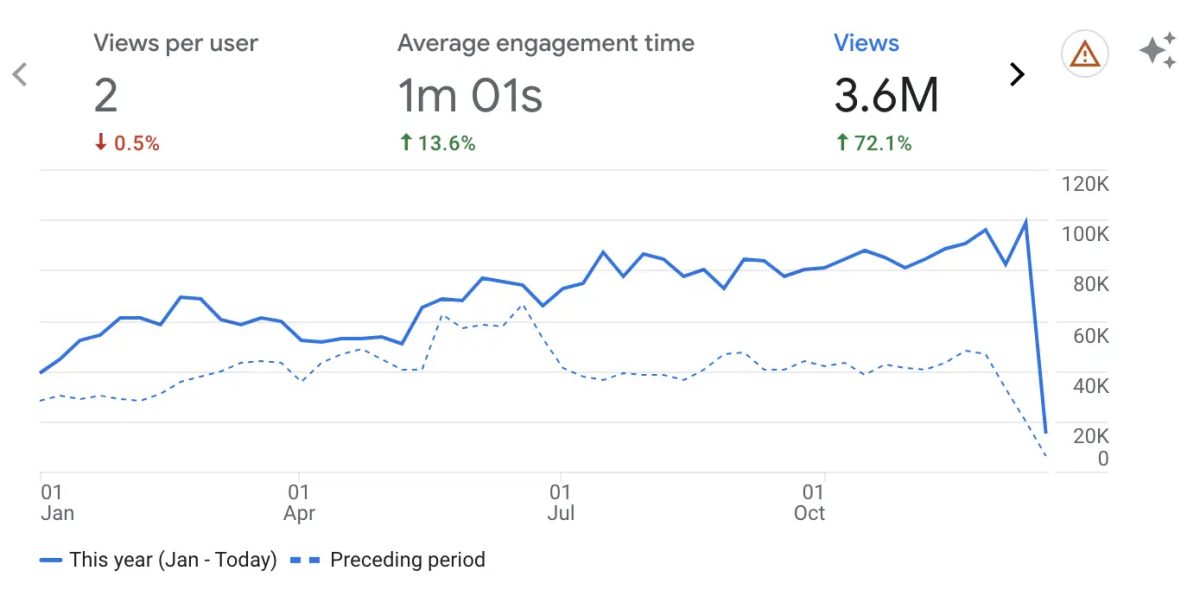
Before he jumps into his process, he describes some of the changes in how his team thought about strategy. Previously, they focused on top-of-funnel keywords. However, this generated too much traffic that didn’t act when arriving on the page.
Joe’s team transitioned from educational content to what he calls converting content. He defines these as keywords people only use when they want to buy something.
He lays out the steps his team followed in choosing these keywords and how to recognize the business potential in each one.
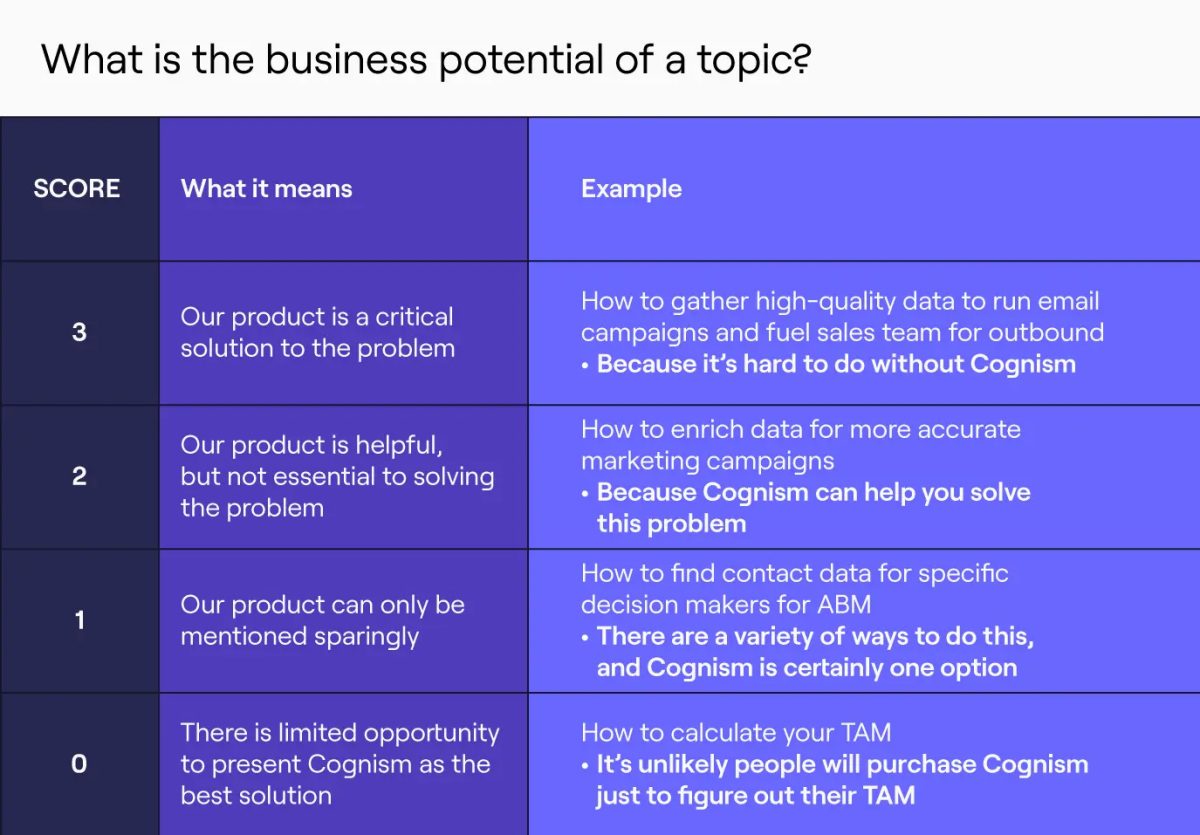
Once the keywords were chosen, Joe’s team went through several other steps, including publishing the content and optimizing for conversions.
Joe describes how this change in strategy required his team to think far more about off-page SEO than they had in the past. He discusses how his team drove backlinks in several different ways. He also lays out the criteria they used to choose good sites.
The results of the experiment were impressive. Page views increased by 72.1%, and our average engagement time increased by 13.6% from 2022 — 2023. The tested pages generated 832, and 242 deals. Of those 242 deals, 53 were closed-won, generating $441k in revenue.
How to Use Data-Nosnippet to Block Specific Content From Being Used in a Google Search Snippet [Experiment]
https://www.gsqi.com/marketing-blog/how-to-use-data-nosnippet/
Glenn Gabe brings you this in-depth experiment into blocking content for being featured in search snippets. As he explains, he has been receiving a lot of messages from website owners who are displeased with the snippet Google has chosen to represent their site.
He argues that though this is a problem, there are ways that site owners can effectively limit what content is used to generate a snippet. He runs an experiment to demonstrate how effectively this can be done with the data-nosnippet tool.
As he explains, you can use the data-nosnippet attribute on any div, span, or section html element. The experiment started with a page that had a meta description but showed other content in the snippet.
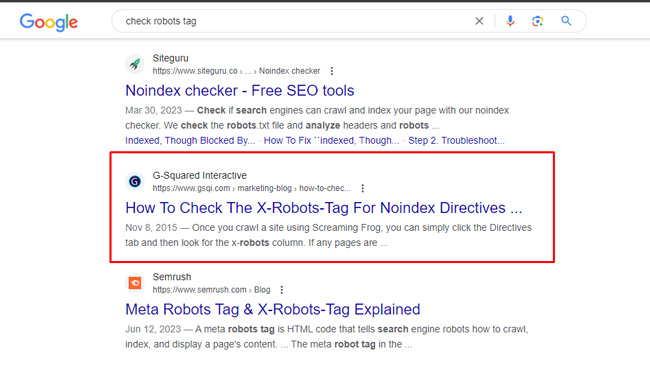
He added a span tag in the HTML containing the text used to craft the search snippet. A data-nosnippet attribute was then added to that span tag. He provides some helpful screenshots and other images to guide you through the process of blocking content on your own.

See the complete guide if you’ve recently become frustrated with unoptimized snippets. You may be able to block Google from previewing the text through a simple and unobstructive procedure.
Now, you’re ready to move on to the news for the week. First, you’ll look at some big changes to a major ranking factor.
Google Core Web Vitals to Add Interaction to Next Paint on March 12
Barry Schwartz brings you this look at Google’s plan to change up the Core Web Vitals metric. The search company has announced that they are replacing First Input Delay (FID) with Interaction to Next Paint (INP).

According to Google’s own announcement, “INP will officially become a Core Web Vital and replace FID on March 12 of this year. Another outcome is that FID will no longer be a Core Web Vital and will be officially deprecated and removed from the program.”
The announcement goes on to explain what this new metric does. Its purpose is to assess the responsiveness of a web page by using data from an event-timing API. This metric will score your page and provide an INP score in your report by March 12th.
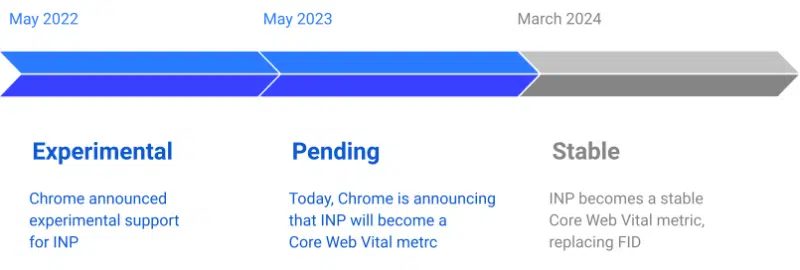
Google has already provided a helpful guide for optimizing INP. Check it out and follow the instructions before changes come next month. The next big discussion piece was a “live audit” by a member of Google’s search team.
Google SearchLiaison Performs Live Audit of Site’s “Unhelpful Content”
https://twitter.com/searchliaison/status/1751960497484628015
The Google SearchLiaison account on X (formerly Twitter) attracted some attention recently for a live audit of a user’s content. The user originally replied to the account frustrated about unclear issues preventing growth.
The SearchLiaison account replied with a detailed breakdown of the site’s content issues from the perspective of a Google insider. During the brief audit, SearchLiaison identified multiple issues, including a lack of original content and descriptions of products that were not yet available to experience.
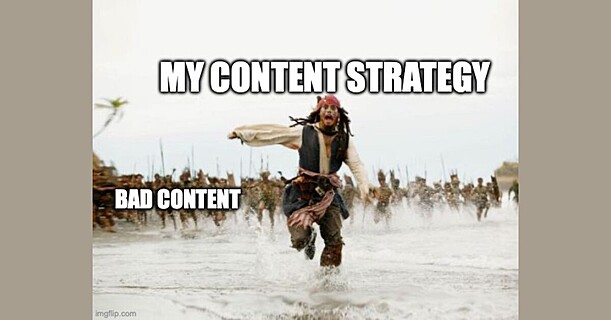
Check out the minor audit to get an idea of what Google is looking at or judging when determining the value or relevance of content. It’s an inside look you won’t see very often.
Finally, for the last piece of the roundup, you’ll get some news about news. Google may rank AI content over original news, and one SEO is exploring why.
Why Google May Rank Ai-Generated Content Over Original News
Kristi Hines brings you this piece exploring a recent report that Google was boosting AI content over original reporting. Google argued in response that rank is based on many factors beyond the source, including recency, quality, or relevancy.
First, Kristi explores some of the reasons that this may be happening. She argues that high recency may be giving AI content the edge over original reports. Naturally, AI content follows the original content, so it will always be published more recently.
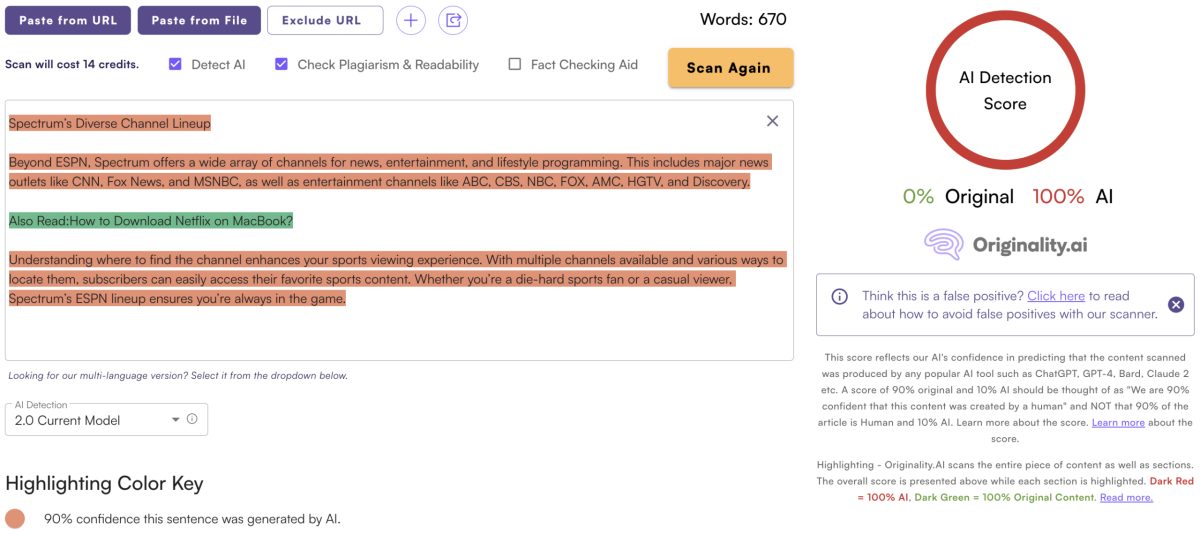
Furthermore, there are many instances where sites producing or hosting AI content are just older and have more authority on a domain basis. Kristi also discusses how Google has changed its approach to evaluating AI content, and no longer considers it spam.
The whole piece is an interesting look at how search attitudes have evolved and why AI may have surprising advantages in many niches, particularly those that depend on new content.
Stay tuned for more news about SEO and AI implications in our next roundup!

